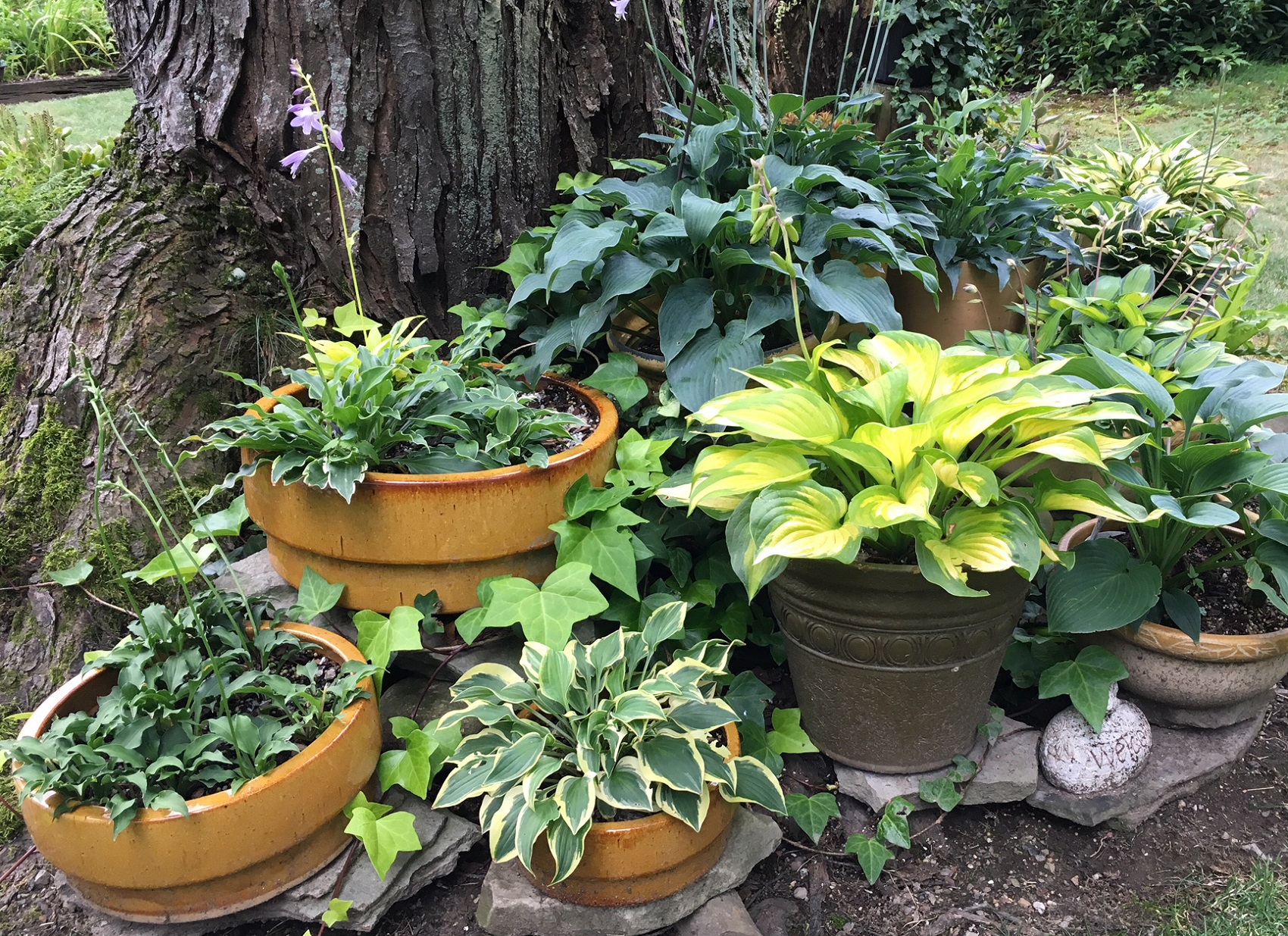
I’ve made plenty of mistakes in my gardening life. One of the biggest isn’t about plants; it’s about pots.
I brood on this mistake every year about this time, as I nurse sore muscles from hauling 35 or 40 terra-cotta pots down the basement stairs.
Years ago, I decided I liked the look of terra-cotta containers. The earthy red-brown contrasts harmoniously with green leaves in my garden. It’s a classic, historical material, whose roots stretch far back before the Romans.
I started out with standard cheap clay flower pots. Over time, they accumulated, and they got bigger. Then they got fancier (and more expensive). They got more numerous. They found their way into every part of my garden. I learned to use terra-cotta drainage pipes as pot pedestals.
They look great. Having containers that are all variations of the same material helps unify my garden’s design. However, although terra-cotta may work fine in the mild climate of Rome or California, it has a major drawback in Chicago: It’s vulnerable to freezing.
Terra-cotta—unglazed clay pottery that is not fired at a high temperature—is porous. It absorbs water. When the water in the clay freezes, it can expand and crack the pottery apart.
I still love the look, but in hindsight I wish I had built my container garden around freeze-proof materials that I could leave outside through a Midwestern winter. I could have chosen metal, high-end plastic (often called “resin” to make it sound classier), or fiberglass.
Some ceramics are promoted as “frost-proof” or “freeze-proof.” They are glazed and are fired to much higher temperatures than terra-cotta, which makes them less porous. I’ve never had the nerve to try them in Chicago, but I might risk it if I lived a state or two south, where sudden deep freezes are less likely.
Any of these alternatives would have been more expensive than terra-cotta to start with, but they would have saved me aches and pains.
Of course, the tender plants themselves can’t survive the winter outside. Each fall, the colorful annuals from my containers go in the compost. The houseplants live year-round in plastic pots that slip inside the terra-cotta in summer and into baskets when they come indoors for the winter. Even if I weren’t hauling pots every year, I’d be hauling plants.
Maybe one of these years I’ll decide I’ve had enough of pot hauling and invest in freeze-proof containers. Meanwhile, my lower back reminds me about the importance of thinking things through in the garden.










